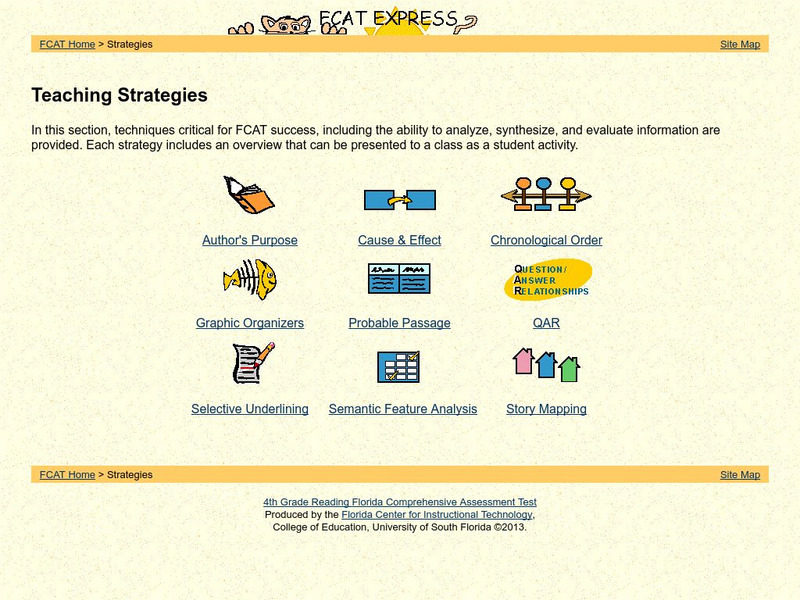Anti-Defamation League
10 Ideas for Teaching Black History Month
Celebrate Black History Month with the help of 10 ideas that delve deep into the history, major events, contributions, famous African Americans, and sheds light on how scholars today can take a proactive stance on current civil rights...
National Endowment for the Humanities
Animal Farm: Allegory and the Art of Persuasion
Introduce your class members to allegory and propaganda with a series of activities designed to accompany a study of George Orwell's Animal Farm. Readers examine the text as an allegory, consider the parallels to collective farms...
National Endowment for the Humanities
Faulkner's As I Lay Dying: Burying Addie's Voice
High schoolers explore the use of voice and title in William Faulkner's, "As I Lay Dying". They identify and discuss the use of image, symbols and narrative voice in the story.
National Endowment for the Humanities
In Emily Dickinson's Own Words: Letters and Poems
Analyze the depth and beauty of American Literature by reading Emily Dickinson's letters and poems. The class analyzes Dickinson's poetic style and discusses Thomas Wentworth Higginson's editorial relationship with Dickinson. They pay...
National Endowment for the Humanities
The World of Haiku
Students complete a study of Japanese culture through haiku. They read and interpret haiku poetry and write haiku of their own.
Learning for Justice
Beauty is Skin Deep
If you are in need of a instructional activity on tolerance or the impact of media, this plan could be useful. The class begins with a brainstorming session in which they reflect on their own experiences with bias based on appearance....
National Endowment for the Humanities
Faulkner's As I Lay Dying: Concluding the Novel
As I Lay Dying is a beautiful book and a wonderful vehicle for understanding, interpreting, and comparing themes. The class reads and analyzes the novel, discusses possible interpretations, and characterizations. They compare the themes...
National Endowment for the Humanities
Walt Whitman to Langston Hughes: Poems for a Democracy
Explore the idea of democratic poetry. Upper graders read Walt Whitman, examining daguerreotypes, and compare Whitman to Langston Hughes. They describe aspects of Whitman's I Hear America Singing to Langston Hughes' Let America Be...
National Woman's History Museum
Anne Hutchinson: Foremother of the American Women’s Movement
Many learners may be familiar with the legacy of figures such as Susan B. Anthony, but what about Anne Hutchinson? Hutchinson was a lesser-known woman who spoke up to patriarchal figures in colonial America, leading to her banishment....
Judicial Branch of California
A “Commemorative” Bill of Rights
It's 1943, and Jewish people in Denmark are in hiding from the Nazis. What protection can the United States offer them? By examining the Constitution, specifically the Bill of Rights, scholars consider the protections afforded to those...
Judicial Branch of California
A New Constitution….Your Turn!
It's the 1700s, and while returning home from the Constitutional Convention, pupils are propelled to 2777. The United States— emerging from a period of unrest and war—needs help developing a new constitution! Using the material from the...
National Endowment for the Humanities
Animating Poetry: Reading Poems about the Natural World
Young scholars complete poetry analysis activities. In this poetry analysis instructional activity, students consider the use of imagery and sound devices in poetry. Young scholars translate poetry into another art, read a diverse...
National Endowment for the Humanities
A Raisin in the Sun: Whose "American Dream"?
How does Lorraine Hansberry's A Raisin in the Sun factor into a discussion of the American dream? High schoolers define the American dream and recognize the historical setting of the play. Additionally, they identify...
National Endowment for the Humanities
Responding to Emily Dickinson: Poetic Analysis
Learners explore Emily Dickinson's poem "Safe in Their Alabaster Chambers." In this Dickinson poem lesson, students analyze the poem as proof of Dickinson' awareness of her reader. Learners analyze her style and identify her editorial...
National Endowment for the Humanities
Faulkner's As I Lay Dying: Crossing the River
Young scholars analyze the multiple voices in William Faulkner's As I Lay Dying. In this multiple voices lesson plan, students explore the use of symbolism with the narrative voices of the text. Young scholars write a detailed profile of...
National Endowment for the Humanities
Family Voices In As I Lay Dying
Learners analyze William Faulkner's 'As I Lay Dying' and his use of multiple voices. In this William Faulkner lesson plan, students analyze Faulkner's use of multiple voices in narration. Learners examine the Bundren family through the...
National Endowment for the Humanities
Faulkner's As I Lay Dying: Images of Faulkner and the South
Learners research one aspect of the life of Faulkner and the culture of the South. In this As I Lay Dying instructional activity, learners explore a webpage on Faulkner and write a summary. Learners analyze the images...
Curated OER
Native American Dolls
Students examine Native American dolls. They discover the connections between the dolls and the Native American culture and customs. They also use maps to locate the position of different tribes.
National Endowment for the Humanities
Shakespeare's Macbeth: Fear and the Motives of Evil
Students use an online search engine (or a printed concordance) to locate passages that highlight Macbeth's response to fear and his descent into evil. They analyze the motives of Macbeth's increasingly desperate and evil actions.
National Endowment for the Humanities
Edgar Allan Poe, Ambrose Bierce, and the Unreliable Biographers
High schoolers research biographical facts about Edgar Allan Poe and Ambrose Bierce and complete literary analysis activities. In this biographical lesson plan, students research basic biographical facts about Poe and Bierce. High...
Other
Into the Book: Inferring: Using the Clues
Watch an introductory tutorial about inferring during reading, and then choose from several different types of texts to practice using the skill.
ReadWriteThink
Read Write Think: Using Thieves to Preview Nonfiction Texts
Contains plans for three lessons that introduce a nonfiction prereading strategy with the acronym THIEVES, which stands for Title, Headings, Introduction, Every first sentence, Visuals and vocabulary, End Questions, and Summary. In...
Other
Peoples Education: Make Inferences in Science [Pdf]
This online textbook selection focuses on how scientists make inferences from evidence. Students are given a reading passage about underwater exploration and are asked to make inferences based on the text. The passage is followed by...
University of South Florida
Fcat Reading Grade 4: Teaching Strategies
This is a great resource that concentrates strategies and student activities in one place in an easy to use format, and can be navigated easily. Find great examples of probable passage, selective underlining, and semantic feature...

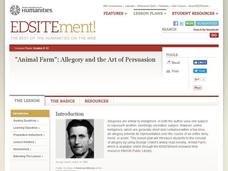









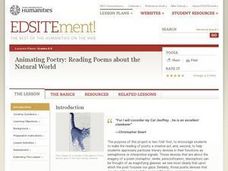






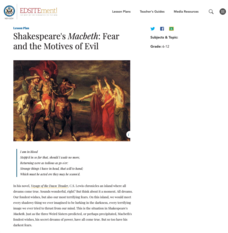


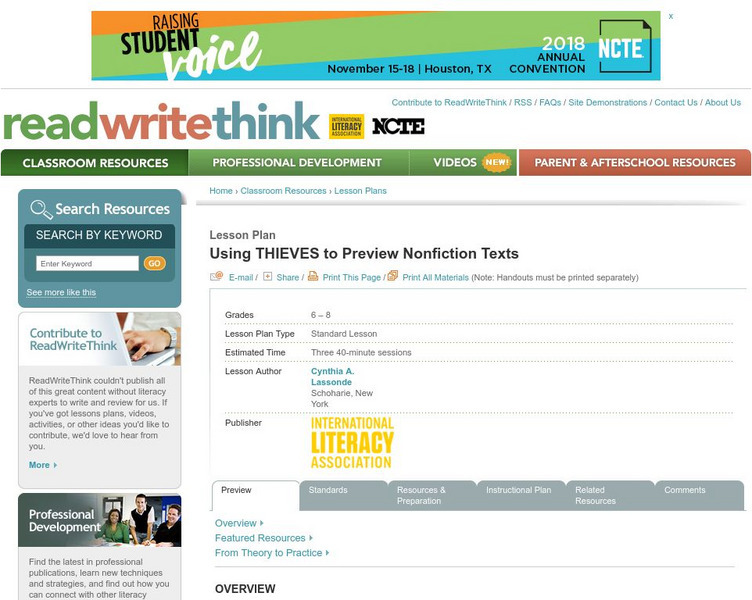
![Peoples Education: Make Inferences in Science [Pdf] eBook Peoples Education: Make Inferences in Science [Pdf] eBook](https://d15y2dacu3jp90.cloudfront.net/images/attachment_defaults/resource/large/FPO-knovation.png)
